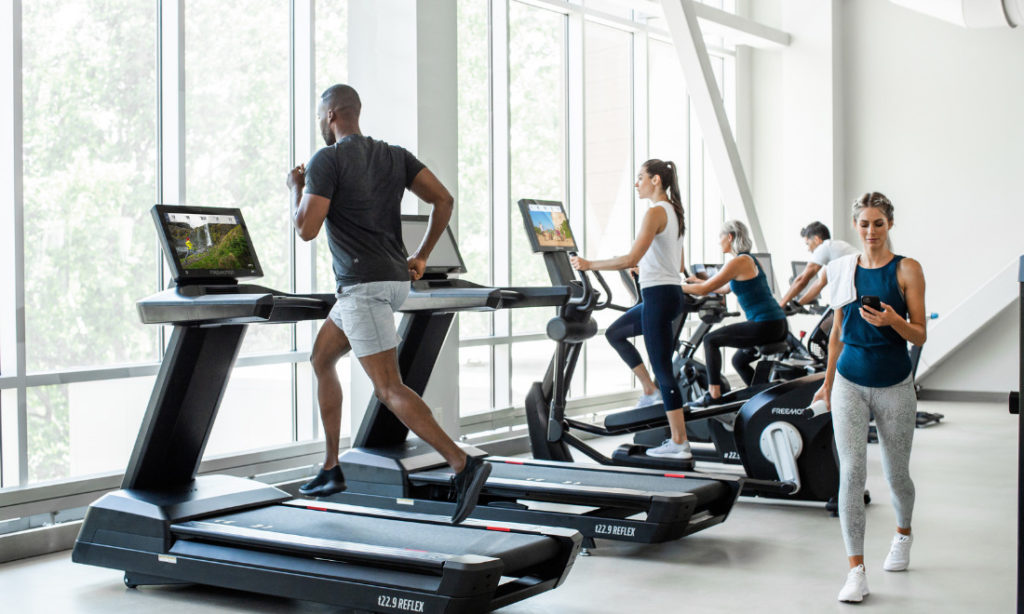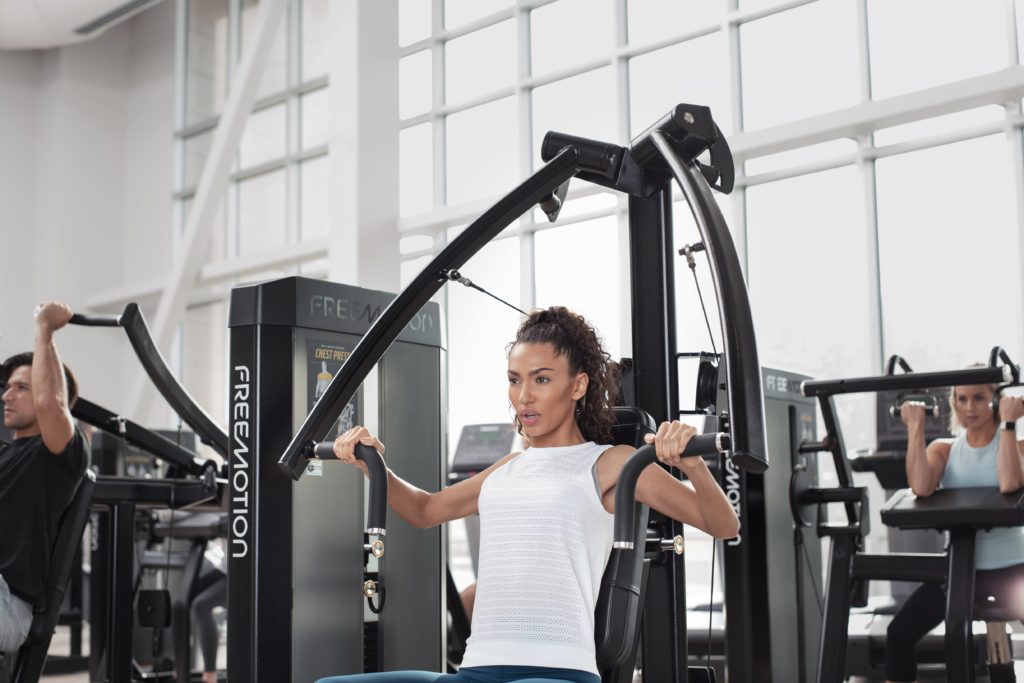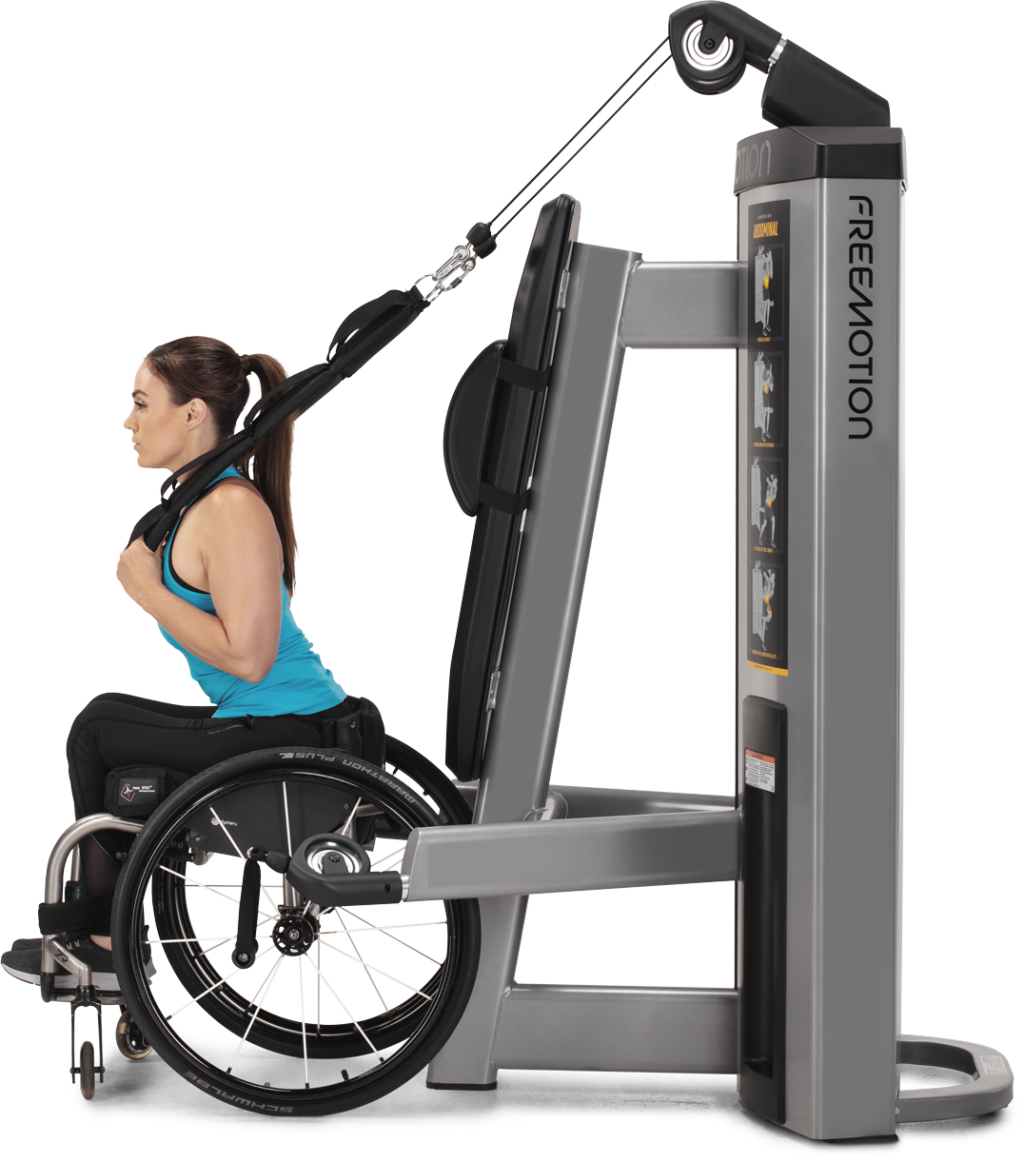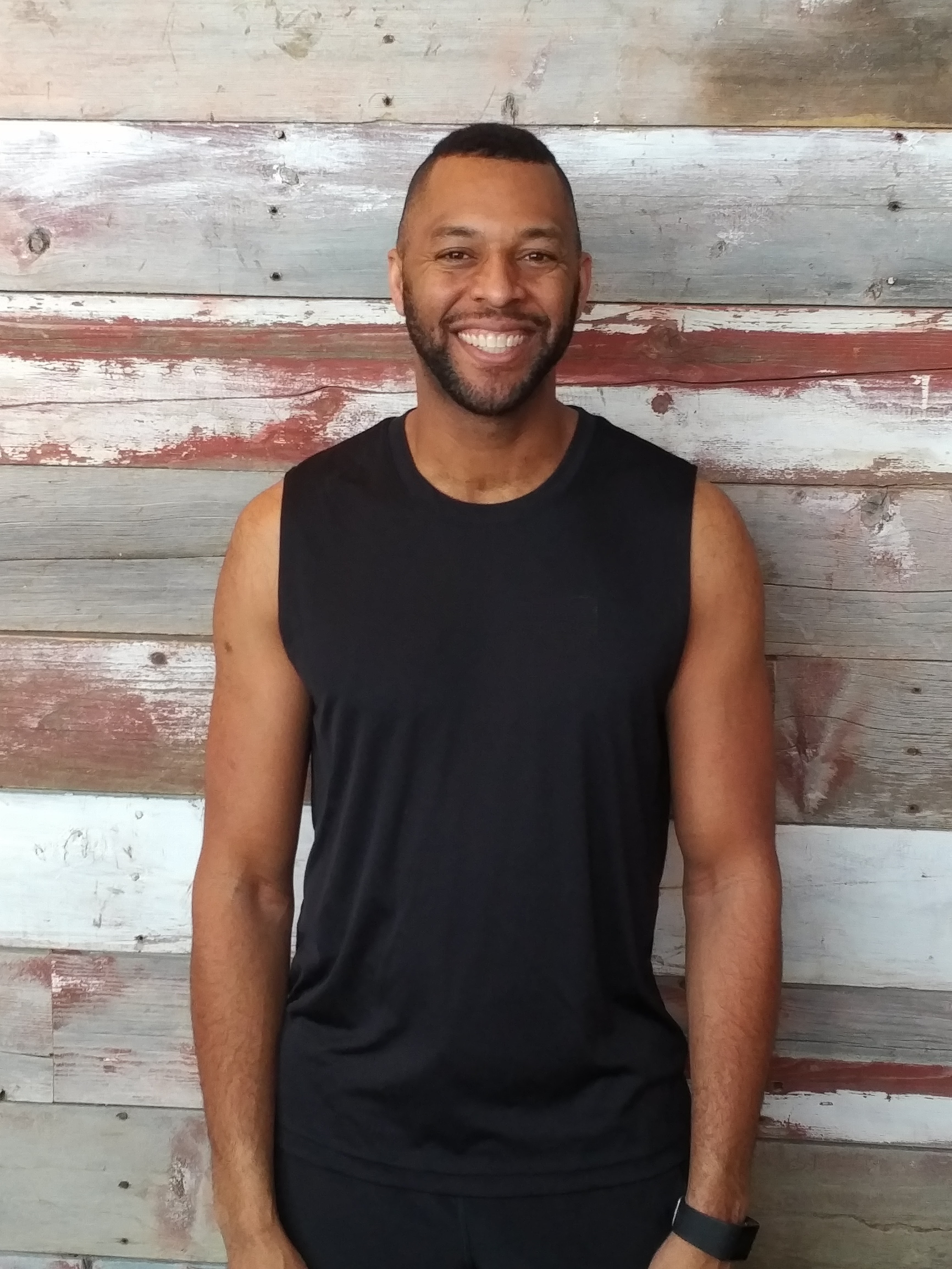“Fitness for all!” – It’s more important than you think

Fitness is a broad term and can mean something different to everyone. To an athlete, fitness is the difference between winning and losing or the gap between making a team. Fitness can appear to be a natural gift, or the result of hard work. To the average person, fitness is recreation and to others, a recognized necessity. Fitness is a discipline, a part of life…a way of life. Fitness helps us lose weight, look great and feel better about ourselves. Fitness is an excuse to socialize and spend time with friends. Fitness helps a weekend warrior unwind, after a week of sitting behind a desk.
Some prefer the energy boosting effect of fitness, compared to a double double in the morning. A lot of fitness routines start after work and can be the perfect way to end the day. Fitness can be the reason to take a break, or for a good night’s sleep. Fitness even combats stress. Being fit can make us smarter, better, faster, stronger. When you’re fit, you have a chance for a better quality of life, a chance for a longer life too. Fitness improves your day-to-day outlook and can make you feel more positive.
It’s proven, fitness reduces health risks like heart disease, cancer, diabetes, osteoporosis, and depression, among many other illnesses. One way or another, fitness plays a major part in our lives. Fitness may look different to everybody, but simply put, fitness is moving and being active. Getting fit may sound simple, but as we all know, getting started can be a challenge…especially when there are barriers in the way.

More than 6.2 million Canadians — almost 22% of our population live with some form of disability. A disability that affects a person’s level of freedom, independence, or quality of life. About 10% of Canadians have a physical condition that affects their mobility, physical capacity, stamina, or dexterity (Statistics Canada, 2017). What are the Canadians with physical disabilities doing to stay in shape? What are they doing to be active and improve their health? Can a person with a disability exercise?
To some, these are absurd questions, and they are absurd. A physical disability doesn’t take away a need for fitness, to move or to be active. A physical disability doesn’t takeaway the desire to take care of yourself and get the most out of life. As a Canadian, we have access to several gyms, fitness studios, rec centres, etcetera. It’s easy for the ‘average person’ to take these spaces for granted. With many fitness facilities to choose from, its important to realize… many of these spaces aren’t inclusive to people with a physical disability.
You may be surprised, there are many exercises, fitness machines and tools for people with varying levels of ability. From fitness accessories to health club machines, there is something for everyone to improve their level of fitness.
Adaptive fitness is not a new concept, but it is becoming more mainstream. Adaptive fitness is modifying a traditional exercise to align with a person’s ability or achieve a specific movement pattern. Adaptive fitness equipment are machines and tools designed for users with varying abilities. Why don’t our gyms have more equipment for people with a physical disability? Why don’t we see more people with a physical disability in our health clubs and rec centres?
The reality is, when the fitness craze began, people with disabilities weren’t the clientele health clubs wanted to attract. These days, when a new fitness facility opens its doors, not much has changed. When you think of your local gym, you picture the treadmills, bikes, ellipticals, the ab crunch or leg press machine, you never question how often these are used.
Many people see their gym bursting at the seams with equipment. One could assume there is something there for everyone. That isn’t always the case. As we move deeper into this new decade, a recurring theme keeps coming up. Inclusion matters. We may not see people with a physical disability in our heath clubs but that doesn’t mean they aren’t out there. There are too many people on the outside, who don’t have a place to adequately train, exercise or work toward their fitness goals, due to their level of ability.

What can a gym do to be more inclusive? Think outside the box. Most (if not all) fitness facilities are owned and or operated by people who don’t have a physical disability. Inviting more people with disabilities into their facility is something gym owners need to think more about. Some health clubs have, but don’t see the financial benefit or return on investment.
When it comes to a health club owners’ bottom line, consider this… people with disabilities control $8 trillion in total global purchasing power (Sheri Byrne-Haber, https://sheribyrnehaber.medium.com/people-with-disabilities-control-8-trillion-in-spending-dabd43a87d81). Health club owners and managers need to look at who are using their facilities, then look at the communities who are not. It’s one thing for a gym to have accessible entrances, but its another to have machines that work for people with a disability. It’s great to have reserved parking outside a health club and wheelchair accessible bathrooms, but if there aren’t any machines for a person with disability to use, what’s the point?
There are not a lot of companies showing off their adaptive fitness equipment, but they exist. There are accessories like adaptive multi ropes for wheelchair athlete to do cardio and even one arm rowing attachments. There are pull down machine, and chest press stations with fold away seats for wheelchair access. There are also barbell markers to assist the visually impaired. There are a lot of ways to make a gym more inclusive.
To find equipment and learn more about adaptive fitness options, visit www.resolutionfitness.ca. I hope my collection of adaptive equipment shows you how your gym can be more accessible for all users. If you are a gym owner or health club manager, I hope you find something that helps better service your members and your community. If you have any questions, give me a call. I’m happy to talk more about this topic and share any information that I have.
Follow Paul on Social Media!

